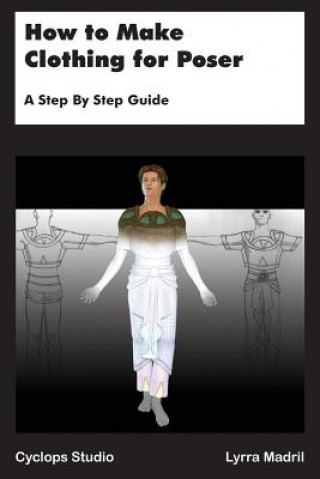
the molecular world in a fun and engaging way.
Title: Merging Art and Science: Ryo Horikoshi’s Papercraft Models Make Supramolecular Chemistry Enjoyable and Accessible
In a groundbreaking and motivating fusion of art, science, and education, Ryo Horikoshi, a chemist at Okayama University of Science, is reshaping students’ understanding of intricate molecular configurations. By utilizing meticulously crafted do-it-yourself papercraft models, Horikoshi is transitioning supramolecular chemistry from an abstract and often daunting topic into an interactive, hands-on journey that engages students across various educational stages.
What’s the Appeal of Papercraft in Chemistry?
Upon joining Okayama University of Science in 2024, Horikoshi started teaching introductory chemistry and lab courses to freshmen in the biology and geology disciplines. Acknowledging the differing levels of chemistry knowledge among his students, he aimed for a strategy to visually and physically illustrate complex molecular and supramolecular frameworks.
His muse was unexpectedly Professor Makoto Fujita from the University of Tokyo, a leading figure in the realm of metal–organic cages (MOCs) and crystalline sponges. Professor Fujita had recently transitioned his lab to a paper-free environment, igniting Horikoshi’s idea to leverage paper in a unique way—creating physical models of the very structures Fujita investigates. Blending this with inspiration from traditional Japanese origami, Horikoshi’s whimsical teaching style quickly evolved into a collection of papercraft models depicting MOCs, metal–organic frameworks (MOFs), and other vital supramolecular constructs.
Why MOCs and MOFs Stand Out
The focus of Horikoshi’s papercraft models on MOCs and MOFs is intentional. Having a background in coordination chemistry, he possesses a profound appreciation for the structural elegance of metal complex forms. As Horikoshi explains, these hollow molecules—typically constructed from the systematic assembly of metal ions and organic linkers—are not just aesthetically pleasing, but their functions, like molecular encapsulation, are easily understandable for students.
These models effectively bridge the divide between 2D textbook illustrations and the three-dimensional reality of actual compounds. First-year students, often unacquainted with skeletal formulas or crystallography, find it simpler to comprehend when they can physically manipulate a model of the compound.
Broadening the Scope of Papercraft
Although his primary emphasis was initially on MOCs and MOFs, Horikoshi’s inventive spirit has propelled him to broaden his papercraft collection. He has included models of crown ethers and sandwich complexes, foundational molecular entities that received Nobel Prizes in 1987 and 1973 respectively. These creations are anticipated to be introduced in classrooms in 2025 and 2026.
Furthermore, Horikoshi has ventured into constructing molecular models using unconventional materials such as Lego and electronic parts. These encompass models of C60 (buckminsterfullerene), molecular conductors like TTF–TCNQ, and even asymmetric catalysts—referencing Nobel Prize-winning research from 2000, 2001, 2005, and 2010. This “material mimicry” not only sparks creativity but also establishes connections between chemistry and everyday technology.
Engaging Learning Experiences for Everyone
The papercraft kits are crafted for accessibility, needing only printed card stock, scissors, tape, staples—and for adults, sometimes a beer to enhance the experience! While MOCs can be assembled rapidly even by younger learners with guidance, MOF models, like UiO-66, may require hours to complete due to their intricate nature. Nevertheless, Horikoshi asserts that the effort is rewarding for both teachers and students alike.
To date, he has designed around 10 MOC and five MOF models, in addition to a variety of molecular structures made from Lego and electronic components. His objective is straightforward yet impactful: to render chemistry enjoyable and compelling.
Impact on Education and Student Feedback
The response has been overwhelmingly positive. Student surveys post-lectures show increased interest and enjoyment when papercraft models are utilized. Although Horikoshi humorously avoids testing students right after these sessions—to keep their spirits high—he is confident that the hands-on experience leaves a significant mark.
To aid other educators in achieving similar success, he has published several papers providing directions and templates for crafting these models. One of the most notable is his guide on employing papercraft to introduce MOFs, published in the Journal of Chemical Education.
Conclusion: A Framework for Engaged Learning
Ryo Horikoshi’s papercraft project exemplifies a potent convergence of creativity and education. By converting supramolecular chemistry into a craft that students can assemble themselves, he removes obstacles to understanding and paves the way for expanded scientific curiosity.
His endeavors function not only as an educational resource but also as a source of motivation for educators around the globe. Whether you are a teacher, a student, or a chemistry aficionado, Horikoshi’s models beckon everyone to discover and appreciate the intricate splendor of the molecular realm in an enjoyable manner.